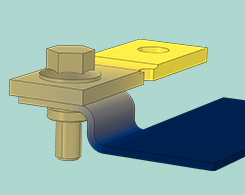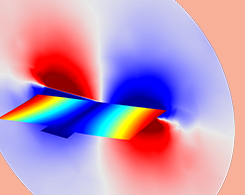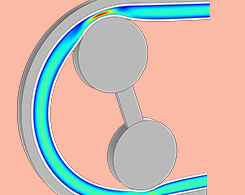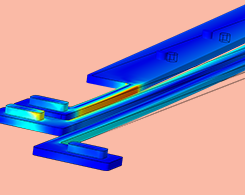Search Results

Defying Gravity with a Realistic Acoustic Levitator Model
It’s not just science fiction: Objects really can levitate. 1 way this is possible is by using sound waves to lift and suspend particles midair. Simulation can broaden the use of this technology.

Modeling Multi-Ply Materials with Composite Materials Technology
In a follow-up to a previous blog post on paper mechanics modeling, Eric Linvill of Lightness by Design compares 3 methods of analysis for multi-ply materials such as paperboard.

Happy Birthday, Emmy Noether
During a time when women were not welcome in STEM fields, Emmy Noether made many significant contributions to modern mathematics, including abstract algebra and an invariant theorem.

Protecting Against Atmospheric Corrosion with Simulation
Certain environmental factors, such as humidity and snow, can lead to atmospheric corrosion. The result? Rusty bikes, cars, and other metal structures. Simulation can protect against this effect.

How to Model Different Types of Damping in COMSOL Multiphysics®
Structural dynamics analyses can be difficult if you have to account for damping. Get a demonstration of how to use the different numerical models for damping in COMSOL Multiphysics. Part 2 of 3.

Veryst Combines Material Testing and Simulation for Reliable Results
Simulation helps companies develop the best designs. Understanding material behavior plays a key role in generating accurate simulations. Here’s how Veryst combines testing and FSI simulation.

Performing a Multiphysics Analysis of a Thermal Microactuator
To design an optimized thermal microactuator for use in a specific device, you need to account for tightly coupled electrical, thermal, and structural phenomena in your analysis.

Reducing the Magnetic Signature of a Submarine
For a submarine to avoid detection and remain “under the radar”, engineers need to investigate the magnetic signature of the vessel’s design. Electromagnetics simulation is up to the task.
